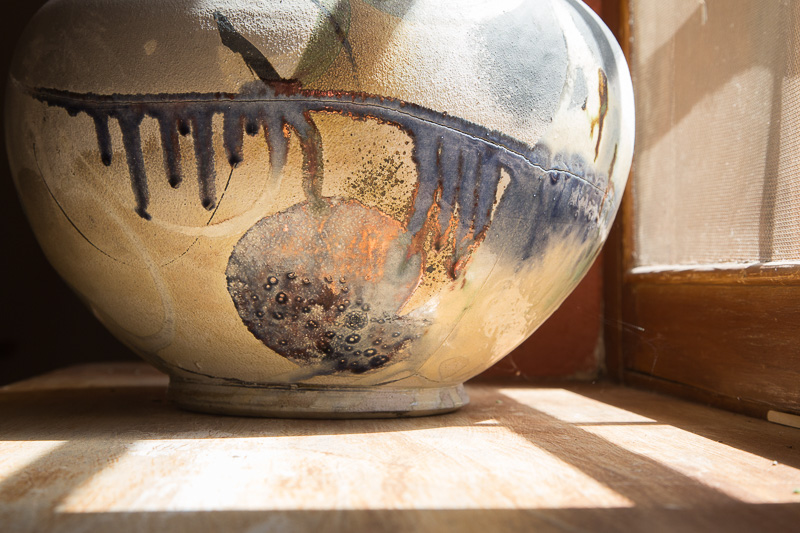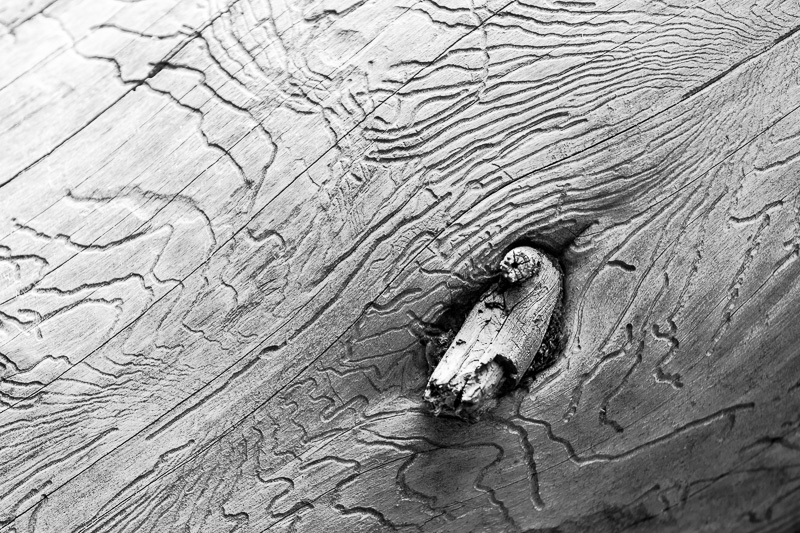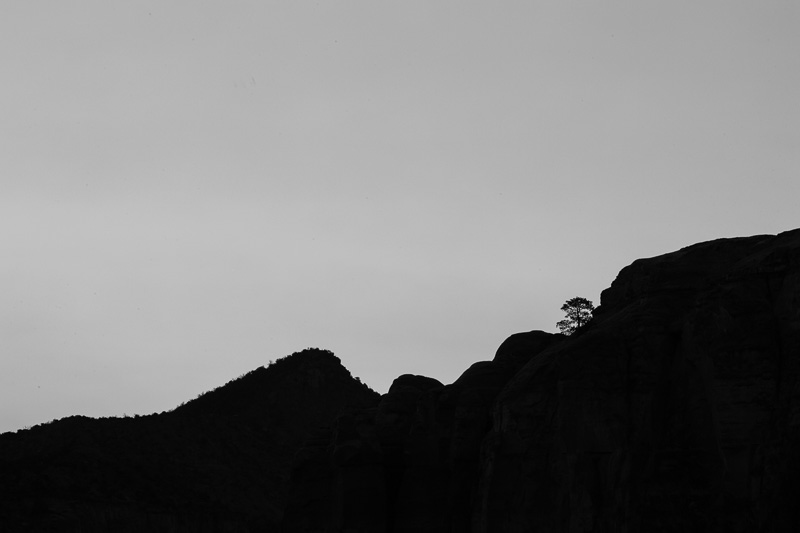Meigakure is a Zen principle of aesthetics used especially in Japanese gardening but no less valid in photography: it is the representation of a part to suggest the whole. It is analogous to the Classical Greek rhetorical principle of synecdoche. There is a difference of course (quite apart from the fact that one refers to the visual and the other to speech). Unlike synecdoche, in Meigakure, the represented part also suggests a something of the whole which is incapable of representation, something ineffable, something mysterious.

In a way, Meigakure is the opposite of the idealized image I presented in my previous post. Instead of producing a “perfect” photo that pretends undesirable elements from the world beyond its frame don’t exist, Meigakure draws us beyond the frame. What does the neck of the pot look like? What is going on in the world outside the window?

Related to the principle of Meigakure is Kanso, or simplicity — removing everything that is unnecessary for the photo to convey all that it needs to convey. This is not the removal of objects that “spoil” an idealized image, or that “taint” an otherwise kitschy vision. It is succinctness.
